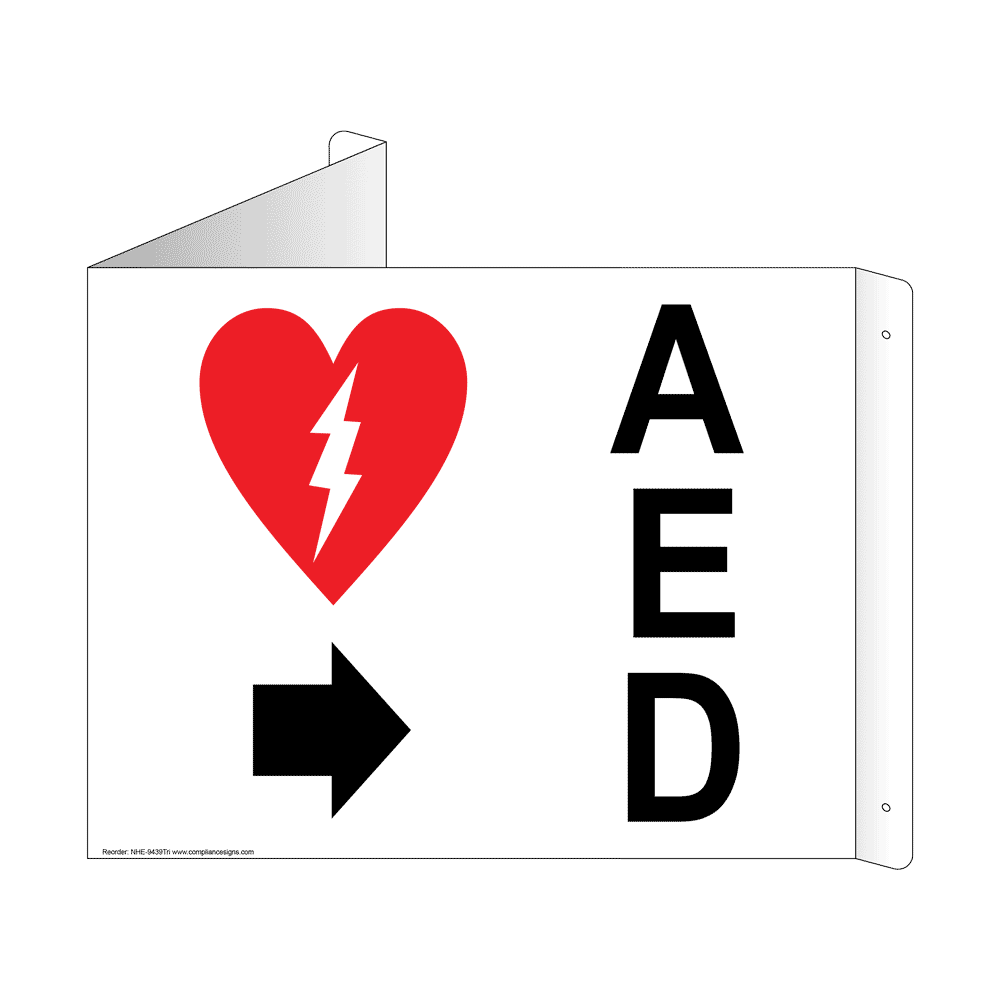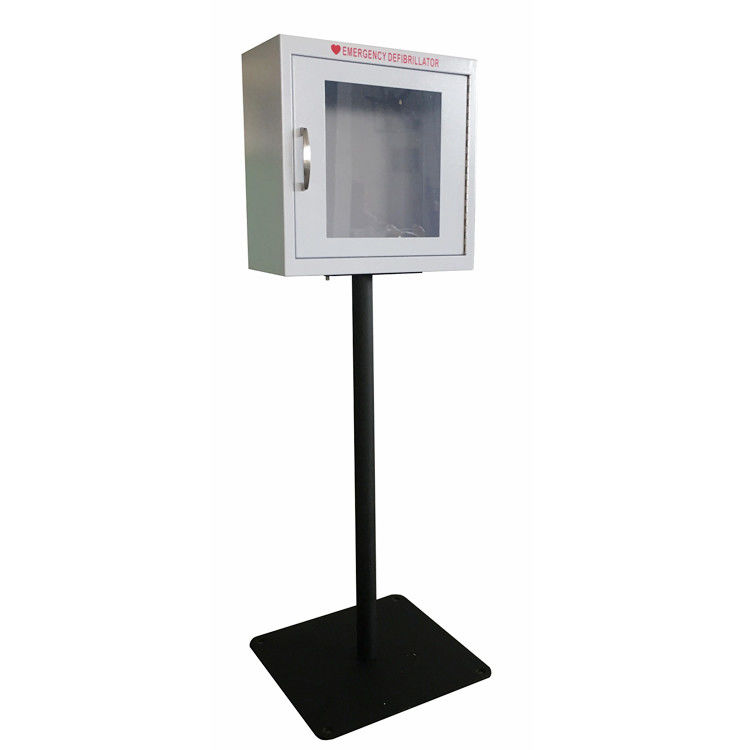


Below you will see each digit listed and what it means for the AED. The second digit indicates the degree of protection against moisture. The first digit indicates the degree of protection against solid objects. The numbers that follow IP each have a specific meaning. IP ratings are used to show the degree of environmental protection an electronic device has from dust, dirt, and moisture.

IP is actually an acronym, and it stands for ‘Ingress Protection’.
AED STANDS FOR HOW TO
The AAP also supports age-appropriate life-support training for students, including CPR for older children and all staff, in all schools starting with the primary grades. The AAP also encourages having AEDs near school athletic facilities and training so school personnel and older children know how to use them.Do you know what an IP number is? No, it’s not a part number. Take a CPR Class and Learn How to Use an AED! To learn more about how to use an AED, the American Academy of Pediatrics (AAP) recommends taking a community or hospital class in CPR for parents and caregivers. These classes will give you a chance to practice CPR and use an AED. See article image. Once the pads are attached, follow the instructions given by the AED. You can use adult pads for a child less than 8 years, but you may have to apply them differently than shown on the pads: apply one on the front of the chest, the other on the back, so they do not touch. You can use adult pads for children 8 years and older. These pads are for younger children (less than 8 years). While all AEDS are made for adults, there are pediatric pads that adjust the energy level used. In addition, when doing chest compressions, lift completely off the chest between compressions to allow for chest recoil. Then resume CPR. It is very important to minimize interruptions of rescue breathing and chest compressions. Be sure that no one is touching the child when a shock is delivered. The AED will check the child’s heart rhythm and decide whether or not to deliver a shock.

It's a sophisticated, yet easy-to-use, medical device that can analyze the heart's rhythm and, if necessary, deliver an electrical shock, or defibrillation, to help the heart re-establish an effective rhythm. If the AED says “shock advised," press the charge button, stand clear of the patient, and press the shock button when it lights up. An AED, or automated external defibrillator, is used to help those experiencing sudden cardiac arrest. When then AED is available, continue chest compressions and rescue breathing while someone else turns on the AED and attaches the pads. While most cardiac arrests occur in adults, sudden cardiac arrest can occur in a child or an adolescent. What is an AED?Īn AED (automated external defibrillator) is an electronic device that can analyze a heart rhythm to determine if a shock is needed for someone in cardiac arrest. Survival outside a hospital depends on prompt bystander emergency response. If an adult or a child is in cardiac arrest (not responsive, not breathing and no pulse), you should begin cardiopulmonary resuscitation (CPR) with chest compressions, and yell for someone toĬardiac arrest can be fatal if not treated within minutes.


 0 kommentar(er)
0 kommentar(er)
